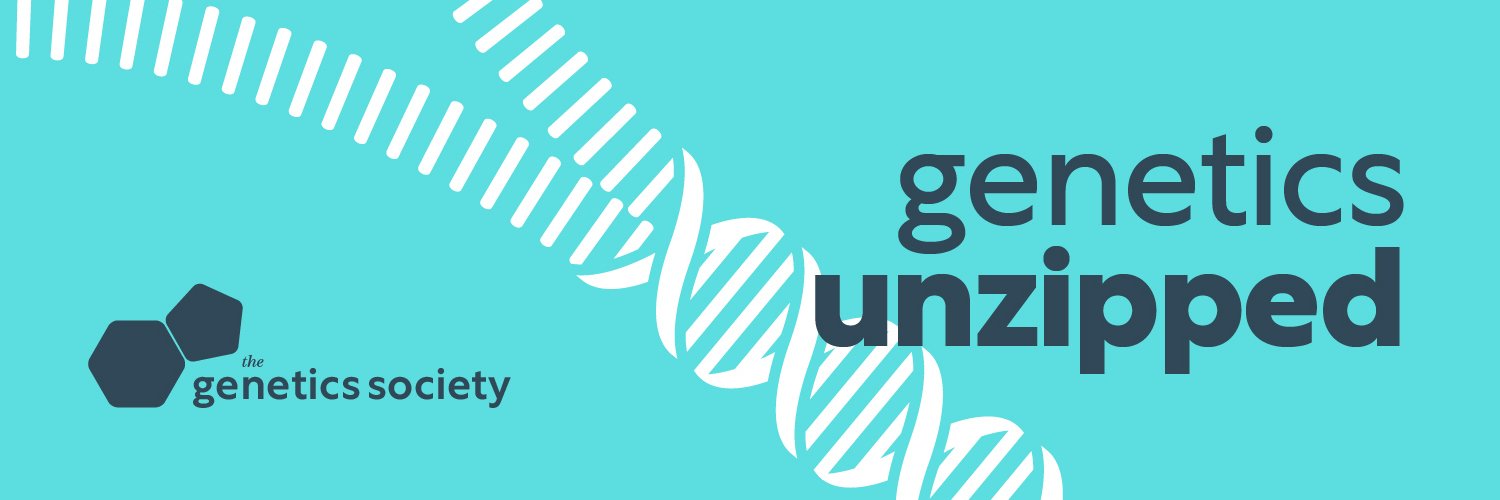We explore the ideas behind the origins of RNA and DNA
All in History of genetics
Hello CRISPR
We look at the history and controversies around the discovery of CRISPR.
Learning to edit: the early days of genome engineering
As soon as the structure of DNA and the genetic code were discovered, scientists started looking for ways to change it.
The life of JBS Haldane
The extraordinary life of JBS Haldane - one of the most interesting characters of 20th century genetics.
What is mRNA? Solving a molecular mystery
RNA - ribonucleic acid - is far less famous than its deoxy relative, although it’s chemically very similar. We look at the story of the discovery of messenger RNA (mRNA) and how pioneering researchers in the 1960s proved its existence.
The Story of PCR
It’s hard to overstate the transformation that PCR brought to the world of molecular biology and biomedical research. Suddenly, researchers could amplify and study DNA in a way that had been simply impossible before, kickstarting the genetic revolution that’s still going strong today. But where did this revolutionary technology come from?
The Story of HeLa and Henrietta Lacks
Growing cells in the lab isn’t as easy as you might think. We explore the story of how Henrietta Lacks’s immortal cells (known today as HeLa cells) became the go-to human cell line for biomedical research, and the impact they’ve had as a result.
Fusion genes and cancer cures: The story of the Philadelphia Chromosome
We tell the story of the ‘Philadelphia chromosome’ (a key cause of chronic myeloid leukaemia), how it was discovered and how it’s discovery influenced the search for a cure.
The organiser: Hilde Mangold
We explore the life and work of Hilde Mangold, whose work in developmental genetics led to the discovery of the Spemann-Mangold organiser.
“A woman and a Jew? Forget it!”: The story of Salome Gluecksohn-Waelsch
We explore the life of Salome Gluecksohn, a woman and a Jew in early 20th century Germany whose experiments with mice sparked a new field in science: developmental genetics.
The seamstress and the scientist: Pauline Gross and Family G
A chance encounter between a seamstress and a scientist starts a 25-year long crusade to understand the nature of hereditary cancer.
Storm-driven: Maud Slye and her dancing mice
Maud Slye was one of the first people to investigate how cancer susceptibility could be inherited, with the help of 150,000 mice.
Family fingerprints
The first case solved by genetic fingerprinting wasn't a murder or a paternity suit, but an immigration dispute.
The accidental discovery of DNA fingerprinting
At 9.05am on the morning of 10th September 1984, Alec Jeffreys developed the X-ray film that revealed the first genetic fingerprint - a discovery that changed the world.
Catching a killer
The brutal murders of Dawn Ashworth and Lynda Mann made headlines in the 80s, as did the role of DNA fingerprinting in clearing an innocent man and catching the true killer
The Bird Poop Revolution
How bird poop fuelled an agricultural revolution and led to the discovery of the first nucleotide: guanine.
From poop to pus - the discovery of DNA
The hunt for the building blocks of life involved soiled bandages, a hundred kilos of cow pancreas and a lot of heartache.
Nuclear nucleotides
There are far more than four letters in the genetic alphabet. Starting with experiments at a nuclear research facility in the 1940s, we now know of more than 150 modified nucleotides, hugely extending the biological information inside cells.
Back to the womb - fish, fraud and dodgy embryology
German zoologist Ernst Haeckel had a flair for illustration, creating incredibly detailed and widely shared scientific images. But do his famous embryo drawings really show the true picture of early development?
Darwin's Finches
The iconic finches collected from the Galapagos Islands by Charles Darwin are widely thought to be the inspiration for his theory of evolution by natural selection. But while it’s a nice story, it’s not quite true…




















